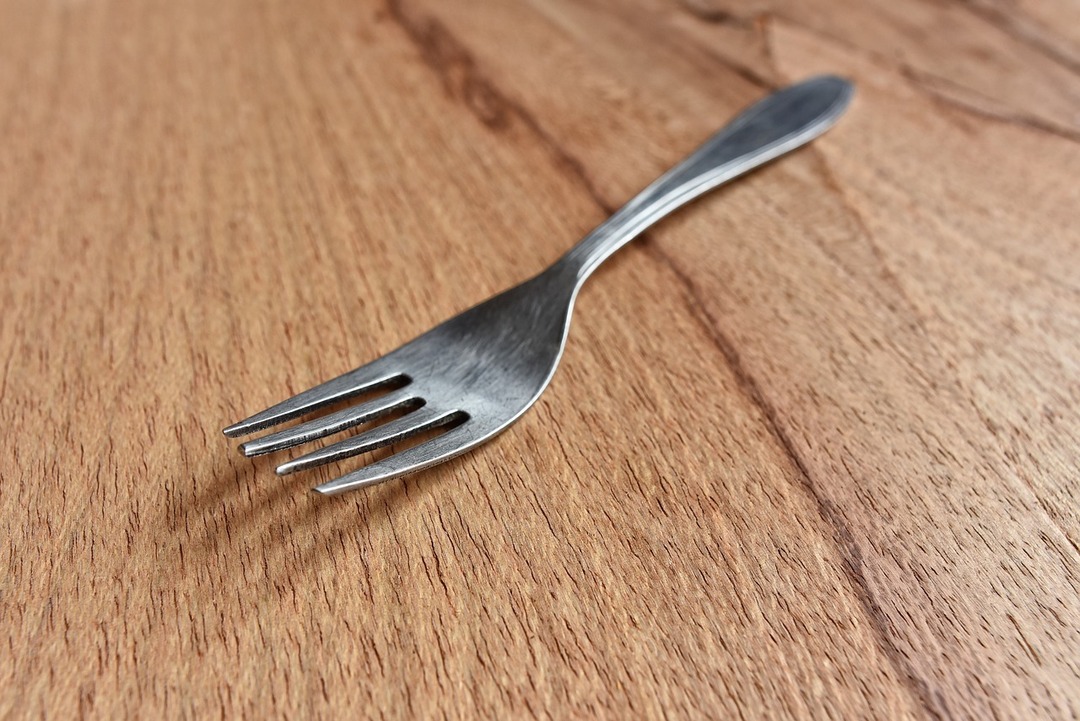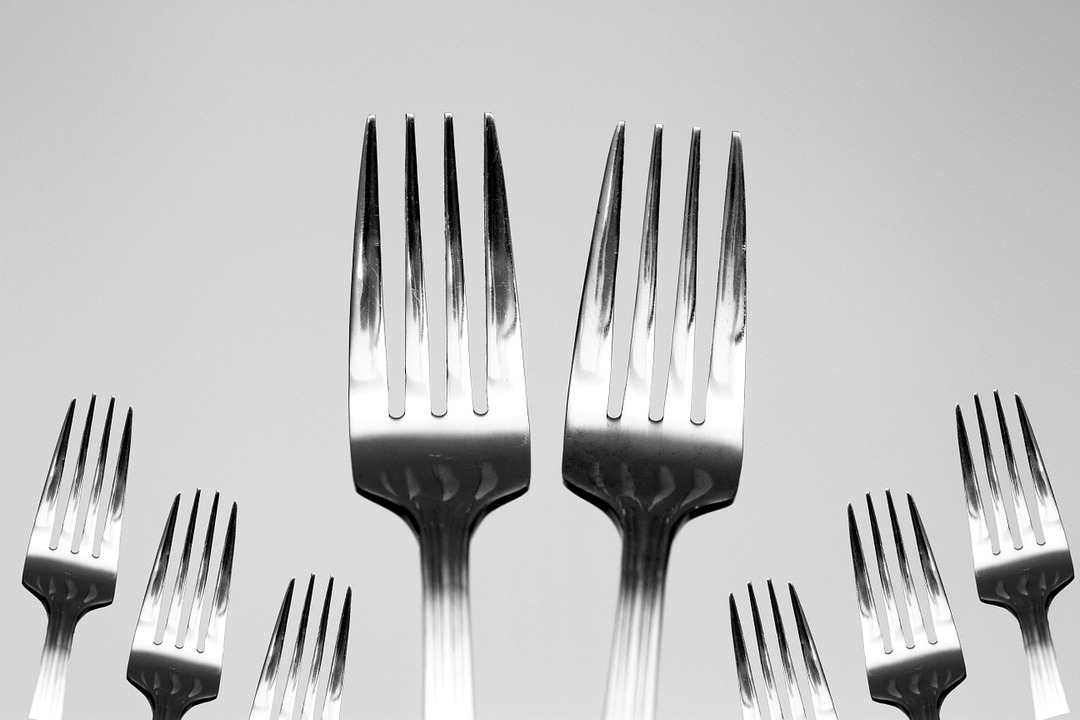The National Museum of Naples contains a fork that is more than 2.5 thousand years old. years old. But this instrument is too different from the usual cutlery, so I propose to get acquainted with the history of the emergence of its modern version.

@Just killing time
Guest from China
The content of the article
- Guest from China
- History of the European plug
- The emergence of the modern version
It may sound a little strange, but the forks came from here. Not similar to modern, bone, but still honored to accompany the dead to the afterlife. It was in the burials of the ancient Chinese culture of Qijia (2400-1900 BC). Some of the oldest and most recognizable cutlery have been found by archaeologists. Similar finds were also made in the burials of later eras and dynasties.
The origin of the name of this cutlery is invariably associated with the Latin word "fulka", which translates as "garden pitchfork". On the territory of Russia, the modern name was preceded by the variants “spear” or “wiltsy”. This is due to the similarity of the cutlery with the inventory of the same name.
A little later, the Chinese fork began its "victorious march" to the west. At first, she appeared uncertainly in Ancient Egypt, where she played the role of a cutlery. Then it was brought to the Roman Empire, where a fork was not allowed on the dining table, but with its help food was prepared and distributed. And closer to the beginning of the 10th century AD, the fork spread throughout the Middle East, where people of noble blood again used this cutlery when eating.

@ freestocks-photos
History of the European plug
In the XI century, the fork settled in Italy. Then she was two-toothed and, perhaps, that is why she did not immediately earn respect. Overseas merchants were not very eager to spread the strange cutlery in their countries: European the aristocracy associated him with the unclean and preferred to deal with dishes in the old fashioned way - with a spoon, a knife and hands.
An interesting fact: not wanting to use a fork, the aristocrats calmly got along with two knives. One of them cut the dish into slices, and the second was brought to the mouth.
But the convenient plug still won the hearts of Europeans. True, this happened in the XIV-XV centuries and not everywhere. It became an obligatory attribute at the meals of people of the noble classes only in the 17th century. Then she reached Northern Europe (with the exception of England - there she was appreciated only at the beginning of the 18th century) and Russia.
It is believed that the fork was brought to Russia by Marina Mnishek, who greatly surprised the boyars at a wedding feast in 1606.

@Tafilah Yusof
The emergence of the modern version
Looking back at the brief history of the distribution of this cutlery, you will notice that it gained popularity rather slowly. The reason for this is the Catholic Church, which did not welcome the fork, calling it an unnecessary luxury. And some Slavs have denounced its use on memorial and Christmas days even to our time.
But, despite the unfavorable attitude of the church, the fork continued to win the hearts of people. Already in the 18th century, it acquired a familiar look to us: four prongs and a concave shape, which allows not only pricking, but also scooping food. It happened in Germany.
True, this did not particularly affect the popularity of the cutlery, the mass production of which began only in 1860 in England. Until that time, the fork, although it appeared on the tables of the nobility, was still considered a sign of effeminacy and was rather harshly ridiculed in satyrs, which is why few people dared to use it.
And only after the launch of mass production, everything changed. The fork has ceased to be a luxury item, finally gaining well-deserved recognition and becoming a must-have cutlery in all wealthy homes. Well, after 1920, when the production of stainless steel cutlery began, the dining fork finally reached all segments of the population, becoming an indispensable tool in every home.
As for its special varieties, they are still repeating the path of their dining sister, since knowledge about their purpose and the ability to use them remains the prerogative of rich people who enter the upper strata society.

@ wikimedia.org
The only exception to this rule can be called a spoon-fork - a cutlery loved by tourists. and by the manufacturers of instant food, although it was originally intended for eating ice cream. By the way, this type of fork is not a modern invention, because the patent for it was issued back in 1874.
Here is such a story about the cutlery, which can be safely stated - China invented, but Europe invented.
Subscribe to our Social Networks